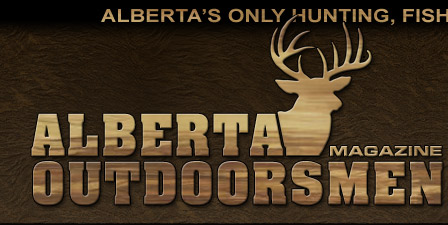 |
Just when things couldn’t get any worse, they just did...
Scientists now have evidence that SARS-CoV-2 (the virus that causes COVID-19) spreads very quickly and extensively in white-tailed deer and that the virus is widespread in deer across the United States, and quite possibly, across Canada. Worse yet, researchers are concerned that deer could carry the virus indefinitely and spread it back to humans, perhaps in a mutated form yet to be seen. Which is what happened in the Netherlands where millions of ranched mink were killed to prevent the spread of mutant strains of COVID-19 after mink were infected from farm workers and then passed it back to people in a mutated form.
It should be noted that several different species of animals have been shown to be susceptible to contracting the virus, including animals from the weasel family (ermine, marten, fisher, otter, badgers, skunks, and wolverine), cats, and beavers.
Suresh V. Kuchipudi, clinical professor of veterinary and biomedical sciences and associate director of the Animal Diagnostic Laboratory at Penn State, who co-led the deer study, suggests that it “would essentially dash any hopes of eliminating or eradicating the virus” if deer became a reservoir for the virus.
In the study, scientists, including Kuchipudi, looked for the SARS-CoV-2 virus in the lymph nodes of 300 road-killed, hunter-killed, and captive white-tailed deer. What they found shocked them.
From April to December of last year, about 30% of the deer tested were positive. Then, from November 2020 to January 2021, about 80% of the deer tested were positive.
Considering that white-tailed deer are the most abundant large mammal in North America, ranging from Canada to South America, Kuchipudi suggests that “urgent steps are needed to monitor the spread of the virus in deer to prevent spillback to humans.”
From the study, published at the beginning of November, “Our results suggest that deer have the potential to emerge as a major reservoir host for SARS-CoV-2, a finding that has important implications for the virus genomic diversity and future trajectory of the pandemic.”
Which doesn’t sound very good at all.
In Canada, wildlife agencies in both Ontario and Quebec have been testing deer for the SARS-CoV-2 virus, so far with negative results. According to the Ontario Ministry of Northern Development, Mines, Natural Resources and Forestry, there is no evidence of any SARS-CoV-2 in wildlife in Ontario. Results from tests in Quebec have yet to be released but both jurisdictions are urging hunters to take precautions when handling animals by wearing gloves and masks. Trappers too should be cautious when handling animals. As of press time, it is unclear whether Alberta is testing deer for the virus. It is also not known if other species, such as mule deer, elk and moose are susceptible to contracting the virus.
Considerations for Hunters (from the US Centers for Disease Control)
Currently, there is no evidence that wildlife might be a source of infection for people. However, some wild animals are known to be susceptible to infection...
There is no evidence that you can get COVID-19 by preparing or eating food, including wild hunted game meat in the United States. However, hunters can get infected with many diseases when processing or eating game. Hunters should always practice good hygiene when processing animals by following these food safety recommendations:
● Do not allow contact between wildlife and domestic animals, including pets and hunting dogs.
● Do not harvest animals that appear sick or are found dead.
● Keep game meat clean and cool the meat down as soon as possible after harvesting the animal.
● Avoid cutting through the backbone and spinal tissues and do not eat the brains of wildlife.
When handling and cleaning game:
● Wear rubber or disposable gloves.
● Do not eat, drink, or smoke.
When finished handling and cleaning game:
● Wash your hands thoroughly with soap and water.
● Clean knives, equipment, and surfaces that were in contact with game meat with soap and water and then disinfect them.
● Cook all game meat thoroughly (to an internal temperature of 165°F or higher).
Check with your state wildlife agency regarding any testing requirements for other diseases and for any specific instructions regarding preparing, transporting, and consuming game meat. ■
For previous Outdoor Pursuits click here.
|


